The Bettmann Collection: The Story of How 11 Million Photos Were Put 220 Feet Underground
This is a story that marries European and American history with modern-day financiers and historians, beginning with the rise of Hitler in Germany and ending with the protection of an entire civilization’s work.
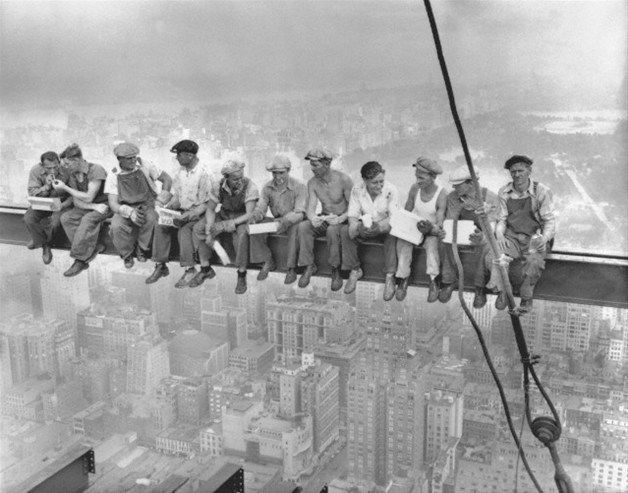
The year was 1935, and times were unstable. Hitler was rising in power, and tragically, we know what that led to for many Jews and other minorities, including a 32-year-old rare book curator who was fired from his job in Germany based purely on his heritage. With nothing more than two steamer trunks in his possession, Otto Bettmann fled to the United States.
The cargo he deemed important enough to haul across the ocean was not personal belongings, but rather photographs and negatives he felt compelled to preserve for future generations. That ocean crossing marked the beginning of a long journey for these images, an assemblage that, by the end of the century, grew into one of the largest collections of iconic photography in the world.
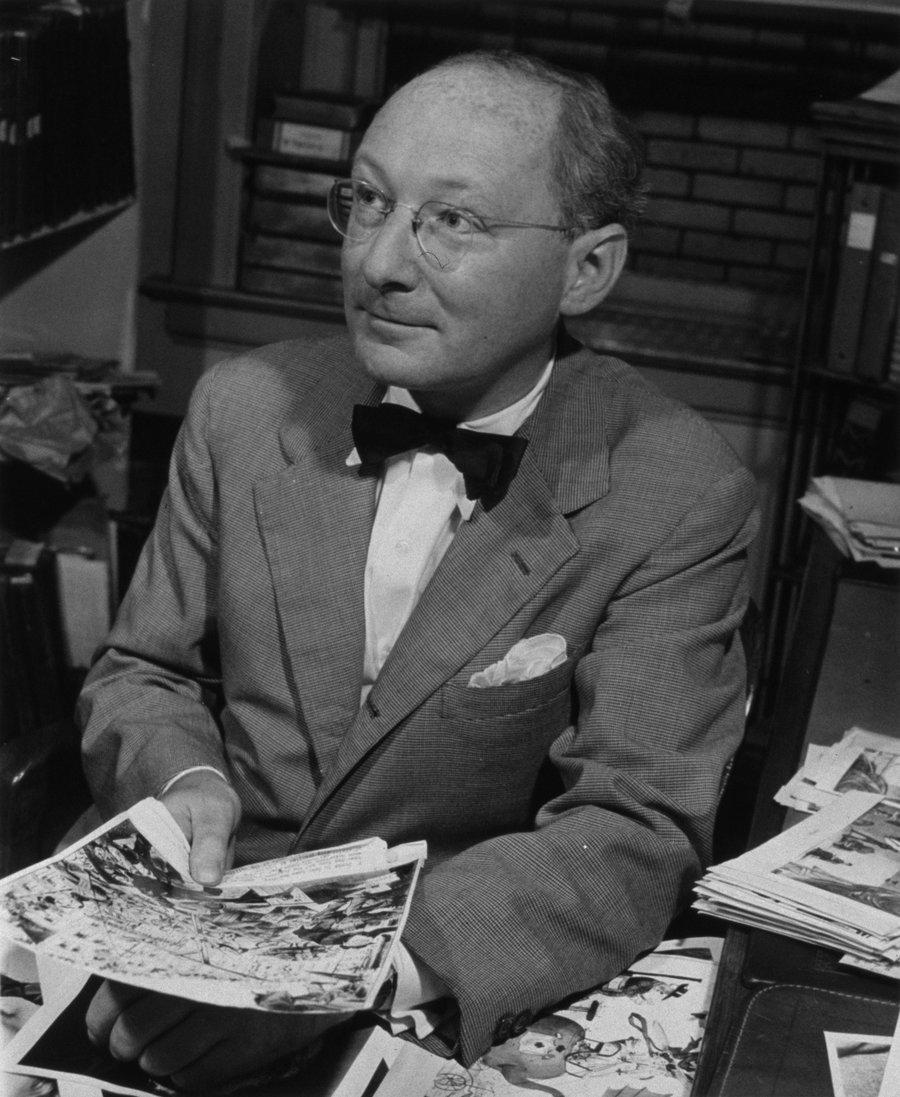
Bettmann did much more than preserve the images he had taken on his trek across the Atlantic. He also turned photo collecting into a business, first advertising for photos and then later licensing images to major publications such as LIFE and Time. The collection first took shape with Bettmann and staff photographers capturing iconic images of economic downturns, political events, concerts, and wars.
Fast forward to 1995 when Bill Gates bought the Bettmann collection, to which Bettmann remarked three years before passing, “he now owns the history of everything.”



Over the next six years, the fluctuations in New York temperature were beginning to take their toll on the pictures. In order to preserve them, Gates had the vast collection moved into a 220-foot deep limestone mine located one-and-a-half hours outside Pittsburgh. At the same time, Gates also put up a digital paywall to further protect the work.
To complete the journey, the collection was sold to Visual China, who promptly gave photo licensing rights to Getty, a widely recognized video, image, and music archive. Of course, this transfer of ownership had no physical effect on the 11 million images nestled beneath the surface of the Earth, where they remain temperature controlled and protected by armed guards.
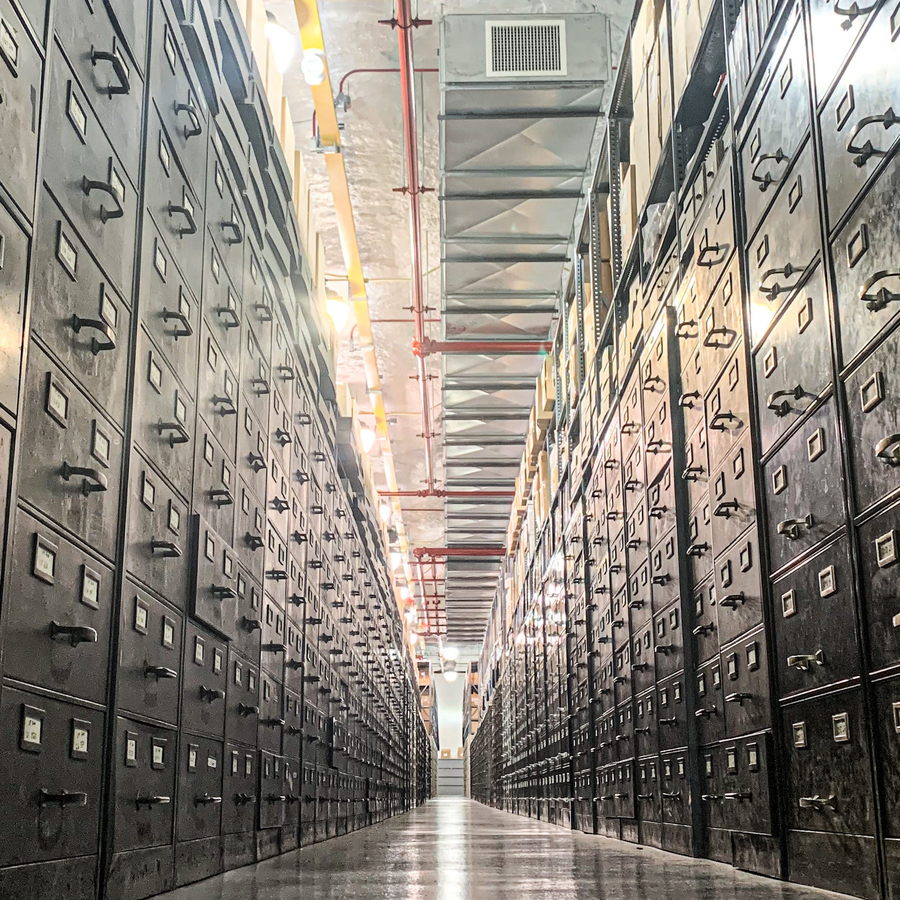
Originally a mine that supplied Pittsburgh’s steel mills, the limestone structure where the collection is held is part of a labyrinth of corridors referred to as Iron Mountain. The cool environment creates ideal storage for the sensitive photographs, many of which date back to the origin of photography itself. Some of the most delicate examples are even stored in a special refrigerated section of the mine.
“There is a 5,000-square-foot space consisting of what we call ‘classic library finding aids,’ such as card catalogs and microfilm readers, as well as modern archival technology, including scanning equipment and state-of-the-art software,” says archivist Stauffer. “We also have a 5,000-square-foot cold-storage archive containing all of the multimedia content.”


In addition to natural preservation, the mine also offers natural protection from human damage. In fact, the secure location even houses confidential government and private records. Two archivists, Leslie Stauffer and Sarah Kubiak, actively maintain the collection, donning winter wear to stay warm in the frigid environment.
“Since we maintain the temperature inside the cold-storage archive at a constant 37 degrees [Fahrenheit], we often wear hats, coats, and gloves year-round,” says Kubiak. “While the cold temperature can be physically challenging for us as archivists, it is of the utmost importance to preserve the visual history of the late 19th and 20th centuries.”
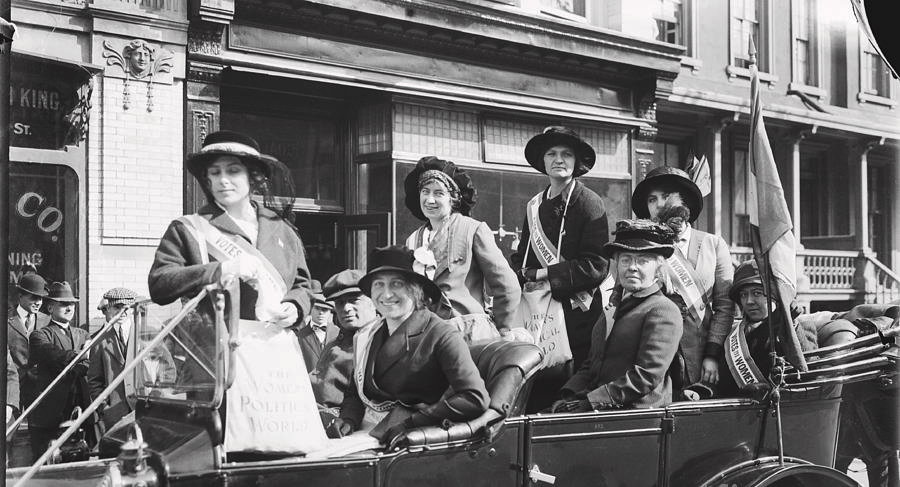
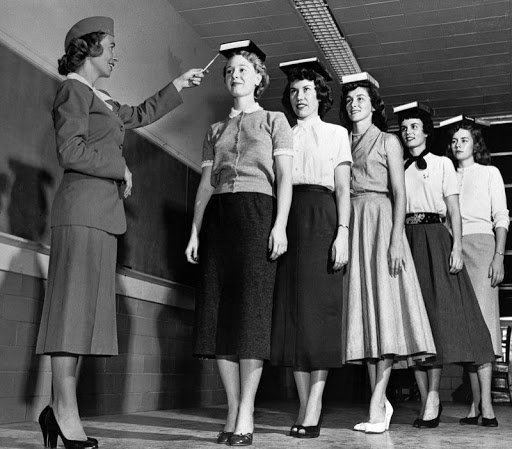
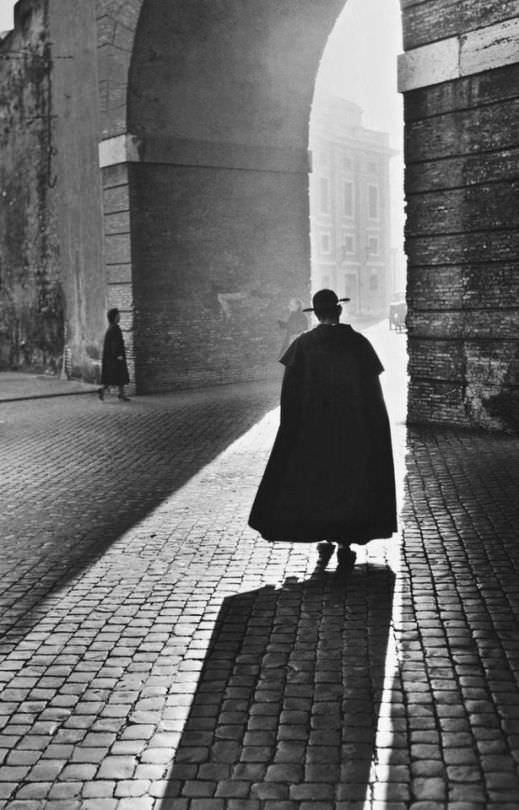
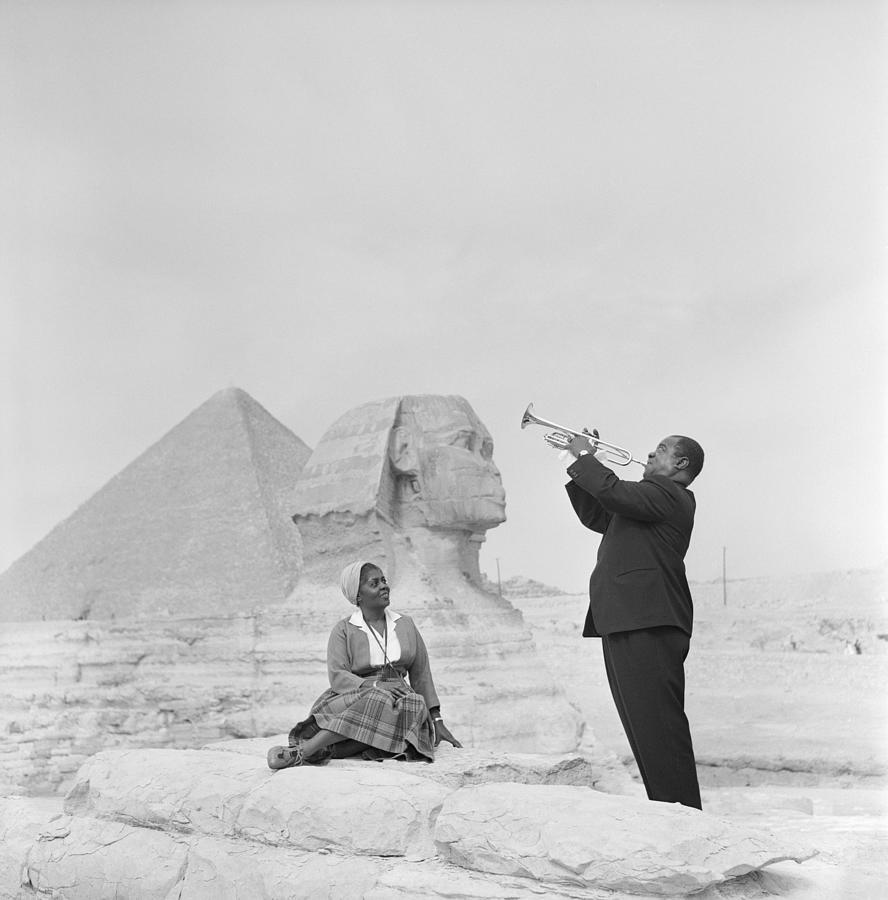
Although not every image in the Bettmann collection has been uploaded to the digital world, many are instantly recognizable. Countless others continue to be cared for but may not ever see the actual light of day, despite being lovingly cataloged for prosperity.




